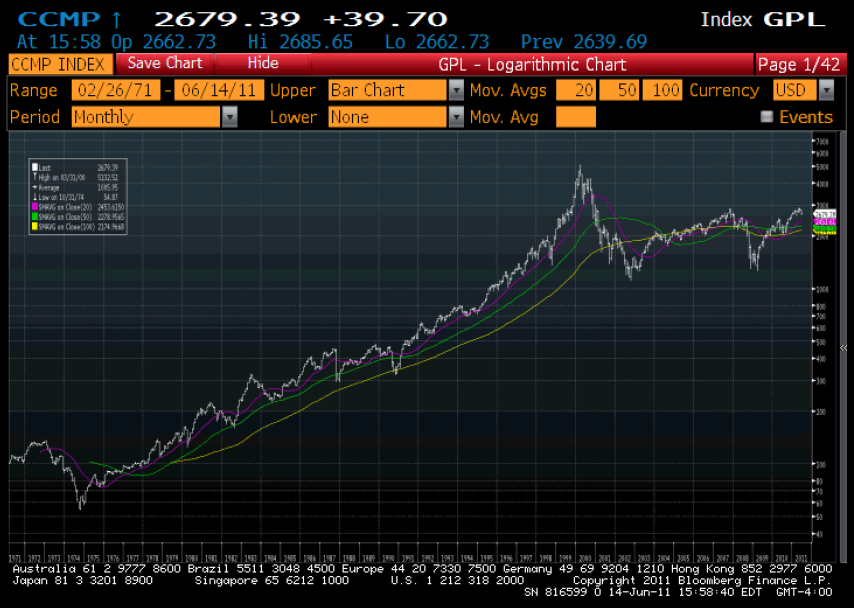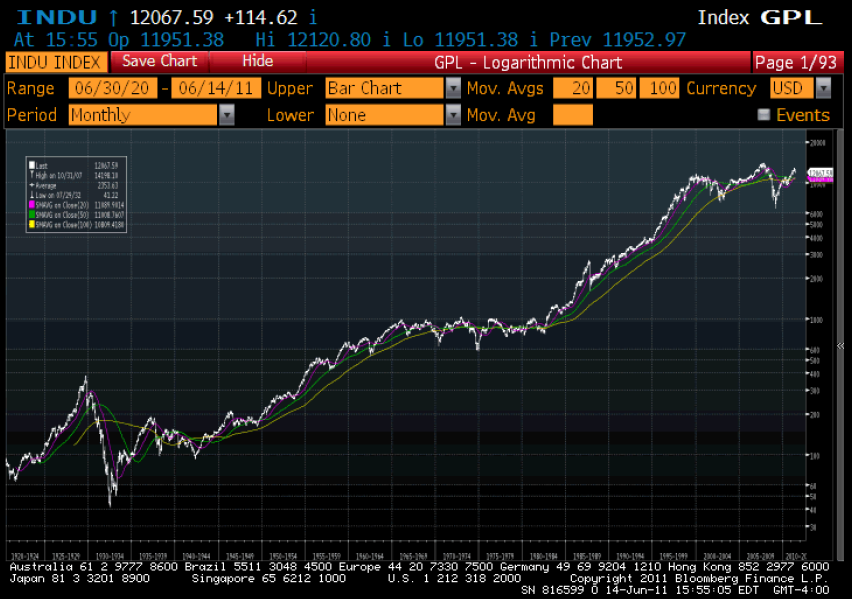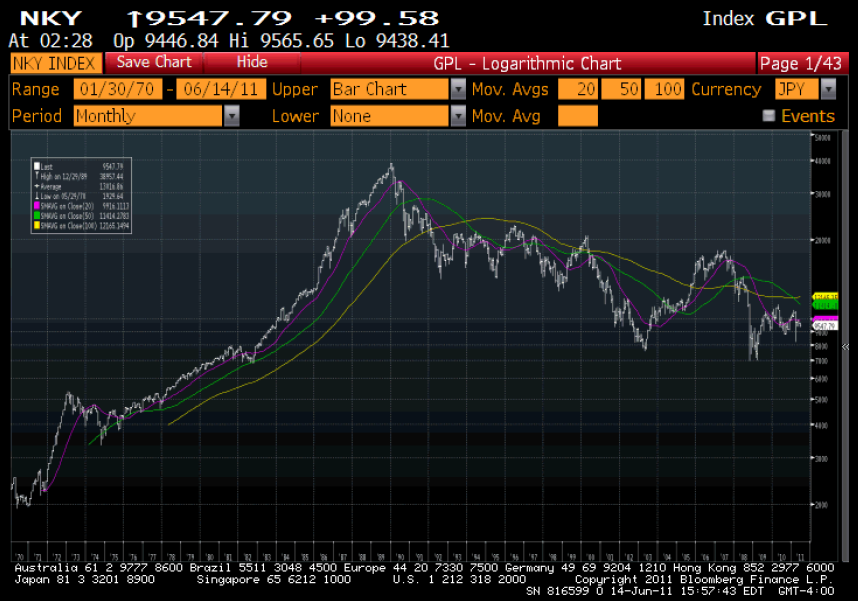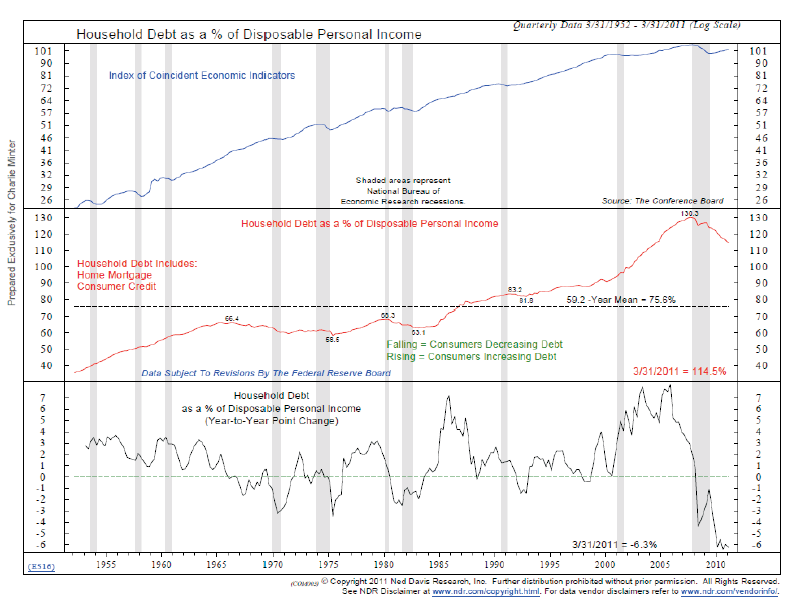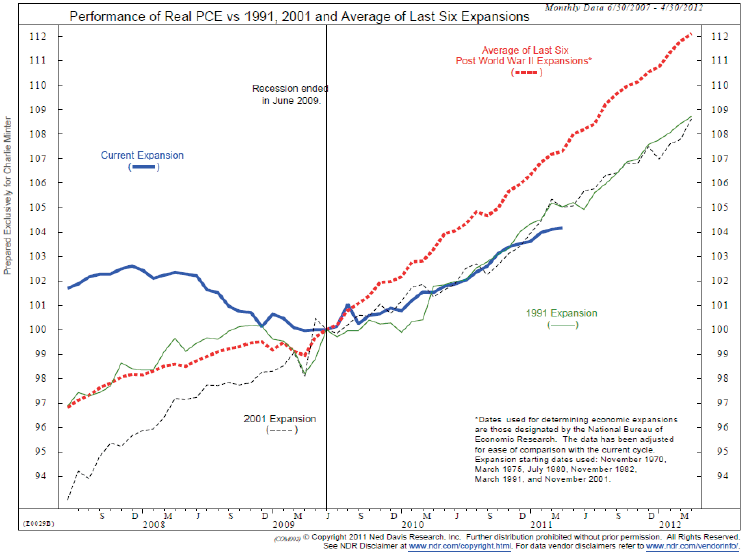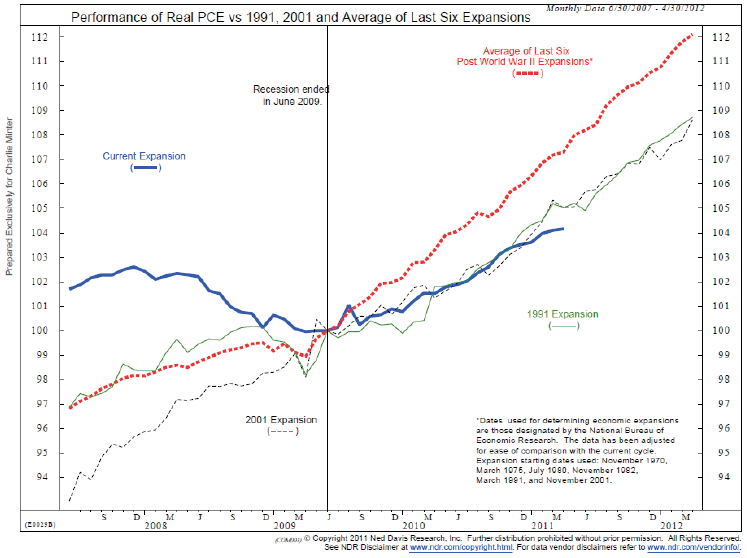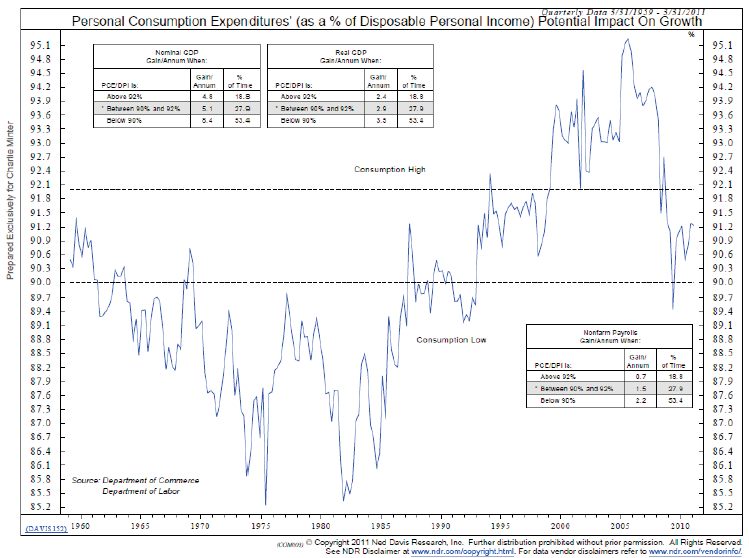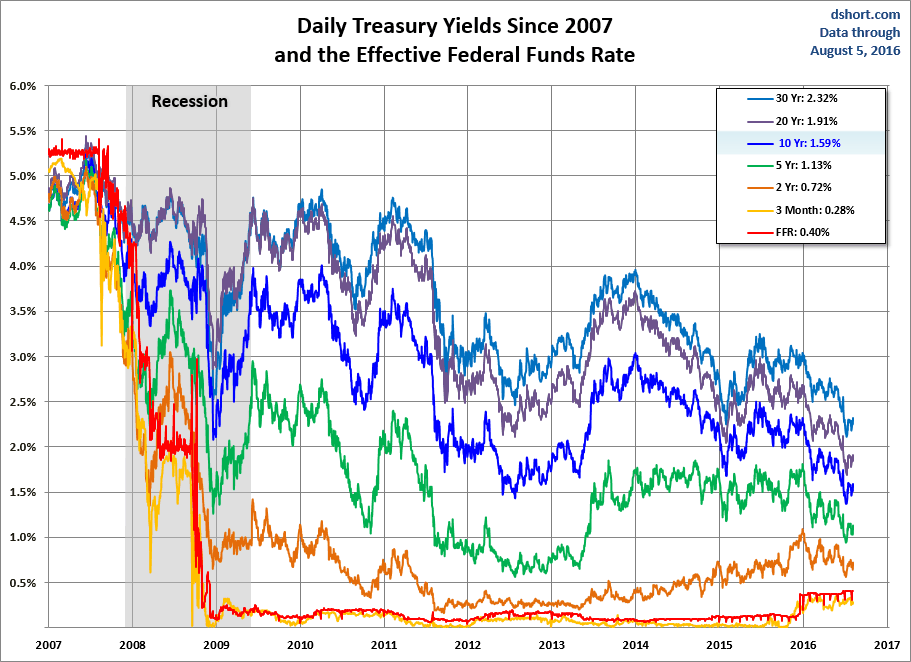By Barry Ritholtz
After gyrating much of the day, the S&P500 bounced off the the 200-day moving average (which also coincided with the December 2010 close) just like a page out of a technical analysis textbook. The bounce helped rescue Apple from some very ugly price action, which pierced its 200-day moving average for the first time since September 2008, x/ the flash crash, trading down to $318.33 before recouping most of its loss with a strong close.
If the “new economy” lead by Apple rolls over, the global markets are in for world of hurt. The tech sector is becoming impatient and in need of a new burst of innovation in order to get lathered up and spark a new rally. The upcoming earnings season will also be a key test to see if the strength of the corporate sector can chase away the flock swans currently weighing on the markets. The perception of “good micro/bad macro” is one of the reasons why markets aren’t down even more, in our opinion.
A test of a market in distress is the health of the first bounce. We’re going to give this one some room while keeping one hand firmly on the rip cord. The flock of high impact McSwans currently converging on risk markets is a scary proposition and those who should have sold or got short probably already have. Furthermore, the U.S. equity market does feel a bit, at least to us, sold out.
As the markets obsess over Greece, which has clearly priced a default, we’re more focused on the “blind side” as the Hang Seng and the Shanghai break support and continue in their death spiral. A fairly bumpy or hard landing in China is not priced, in our opinion, and if equity premiums continue to blow out in both of these markets, it would signal a higher probability that the negative case is going to be realized.
Markets price perception before reality and the trick is not only to determine the probability of the perception becoming reality, but also to assess if a potential state of reality is perceived and priced into the markets.
Cheerleaders will always maintain the negatives are priced and have a stronger case for their argument if there is only one major issue weighing on the market.
But the current environment is much more difficult to navigate, where a flock of macro swans — including European Debt, China hard landing, the QE2 endgame, Japan supply chain issues, global economic slowdown, natural disasters, and commodity price inflation – are batting the market around like a piñata. This, therefore, warrants more caution and greater risk mitigation.
Anyone who maintains with certainty where we’re headed should be willing to lend you their yacht for a nice Caribbean vacation/cruise. And don’t those doom and gloom talking heads sound like annoying fax machines? We have to shut them off even if they may have some valid points. Stay tuned and remember the 11th Commandment: those who remain flexible shall not be broke(n).



See the original article >>






